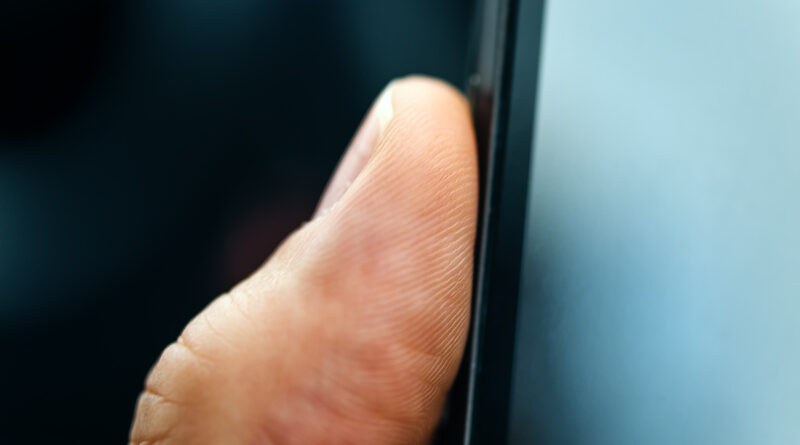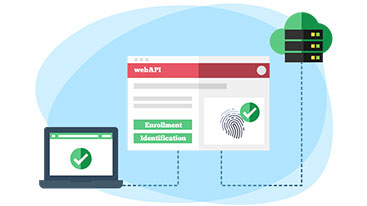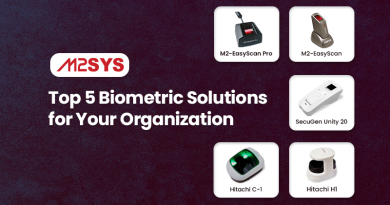Should all Biometric Scanners be Contactless?
Contact Dependent Biometric Hardware Raises Hygiene Issues
Biometric scanners are often repeatedly touched by multiple users which, with concerns over hygiene, can sometimes be an issue in the field of biometric technology. Making physical contact is common for most fingerprint biometric scanners available on the market because you have to place your finger on the same sensor where countless others have already placed theirs although touching a fingerprint scanner is no more dangerous than touching a door-knob or computer mouse.

In some countries, rising concerns over hygiene issues due to the outbreak of severe acute respiratory syndrome (SARS), avian influenza (bird flu), Ebola and swine influenza (swine flu) has prompted health officials to more closely evaluate how these conditions are spread since most of these diseases are passed from person to person from touching communal surfaces in public places. Cognizant of the fact that some biometric hardware modalities require physical contact, biometric technology vendors and manufacturers of biometric scanners are working on fingerprint scanners that are completely contactless. Until then, what other options are currently available?
The Surge of Contactless Biometric Hardware
Many researchers and industry analysts are now comparing contact dependent fingerprint biometrics with other biometric modalities that do not require contact (e.g. iris biometrics) and most of them are saying that one of the strengths of iris recognition in comparison to fingerprint is hygiene not to mention the fact that iris recognition is a faster and more accurate biometric modality than fingerprint.
It is true that users frequently touch the sensor of biometric scanners that may hold risks of contamination. Iris cameras meet this problem head-on. Being contactless and technologically advanced, iris cameras are appropriate for places like healthcare facilities, research facilities, educational institutes, and many other environments where hygiene cannot be compromised.
Furthermore, dirt, dry skin, cuts, or scars and other environmental factors can sometimes prevent fingerprint biometric scanners from identifying an individual. Iris cameras solve these issues because they don’t require physical contact rendering them much more hygienic than biometric modalities that do require contact. In addition, skin elasticity decreases with age, so a lot of senior citizens have fingerprints that are difficult to read.
Vascular biometric scanners (e.g. finger vein and palm vein) are another example of biometric sensors that do not require physical contact for individual identification (although contact with a hand/finger guide is required). Vascular biometric scanners capture an individual’s vein pattern image by radiating his or her hand with near-infrared rays. A near infrared is a component of sunlight: there is no more exposure when scanning the hand than by walking outside in the sun.
Conclusion
Iris biometrics is the most accurate and hygienic form of biometric recognition, overcoming some of the limitations of fingerprint identification technology. Though the term ‘iris scanner’ is most often used to describe an iris biometrics hardware device, in reality there is no scanning involved. Iris recognition technology is based on pattern recognition and pattern capturing methodology is executed by digital camera technology which takes a photograph and doesn’t “scan” anything. Iris biometric cameras are already being used in airports and military bases because these places require fast and reliable human identification.
M2SYS Technology offers a wide range of biometric hardware and compatible software solutions to automate the identification process in any environment. The company has sales consultants located worldwide to answer any questions that you have about our identity management technology. Feel free to contact M2SYS for any further questions.












